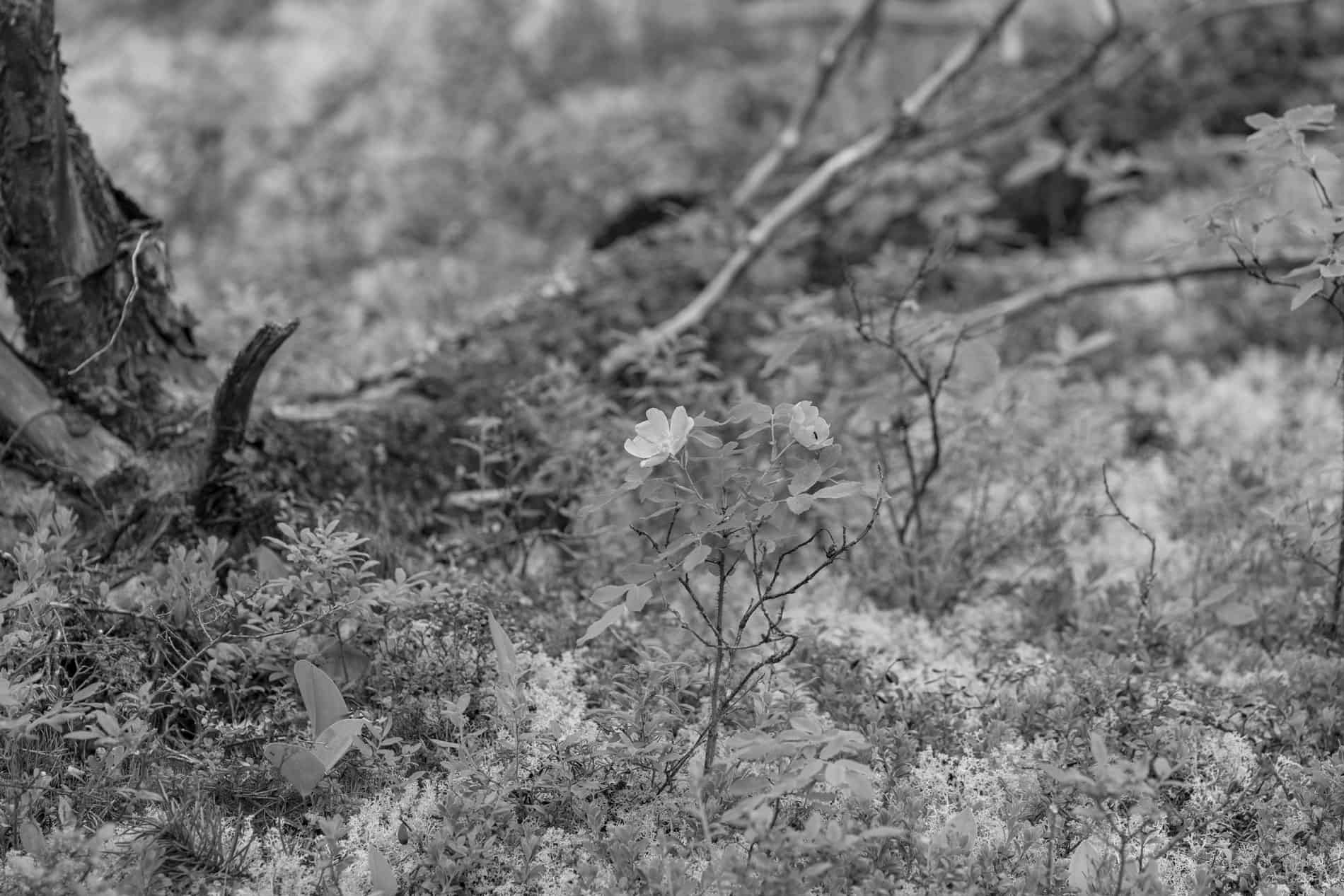What is the WBEA?
The WBEA is a multi-stakeholder, consensus-based, not-for-profit organization that leads in state-of-the-art environmental monitoring to enable informed decision-making. The WBEA monitors the ambient air quality of the Regional Municipality of Wood Buffalo (RMWB) 24 hours/day, 365 days/year.
Its environmental monitoring work is the most integrated and has the most intensive focus on air and deposition monitoring in any one area, anywhere in Canada. Established in 1985 as the Air Quality Task Force, the WBEA was set up to address environmental concerns raised by the communities in the RMWB.
The WBEA is...
A dynamic collaboration of communities, environmental groups, industry, governments, public stakeholders, and Indigenous partners.
The WBEA is...
An integral component of Alberta Environment and Protected Areas (EPA) regulatory compliance for member companies.
The WBEA is...
The operator of one of the most extensive air quality monitoring networks in North America with 29 permanent and portable air monitoring stations and 39 passive monitoring sites to date.
The WBEA is...
Comprised of monitoring programs that include ambient air, deposition, and ambient odours.
The WBEA is...
Committed to reporting accurate and timely high-quality data from its air monitoring programs to ensure regional stakeholders have the necessary information required to make informed environmental decisions.
The WBEA is...
Committed to engaging stakeholders and partners. The WBEA strives to increase interaction with the public through our website, social media, local advertising, trade shows, and other special event planning.


